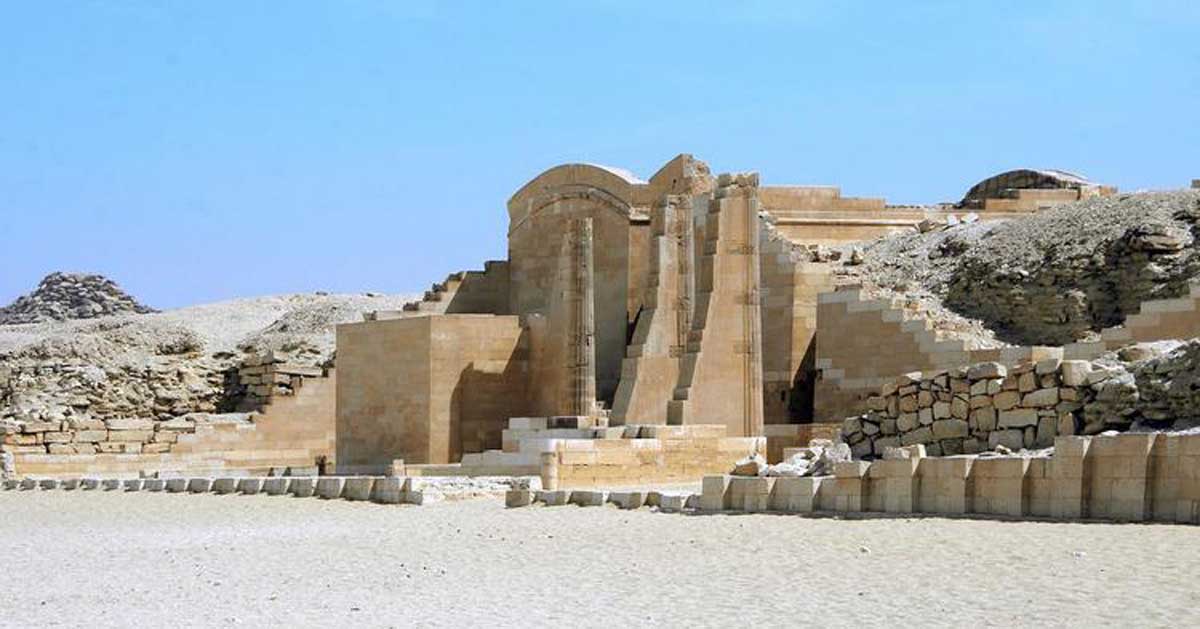A large collection of ancient bronze statues and colored sarcophagi was discovered in the Egyptian Saqqara, not far from the capital Cairo. This is reported by the Ministry of Tourism and Antiquities of Egypt.
A whole collection of ancient bronze statues, along with well-preserved sarcophagi, was discovered by archaeologists. The settlement of Saqqara, where the excavations were carried out, is located 25 km south of Cairo. This is one of the largest archaeological sites in the region and the largest burial complex in Egypt.
Throughout the history of excavations, archaeologists have discovered here many relics belonging to Egyptian dynasties buried in the Saqqara necropolis in the distant past. But the current, latest find has revolutionized archeology: it is the first and largest burial of bronze statues in the area from a much later period, around the 5th century BC.
Discovered 150 statues copy the images of the gods of the pharaohs, including the patron saint of funeral rituals Anubis, the god of medicine and vegetation, Nefertum, and the god of the sun and air, Amon.
They were discovered by the Egyptian Archaeological Mission, which has been working here since 2018.
Scientists have also discovered bronze pots believed to have been used during prayer rituals in honor of the goddess of womanhood and motherhood, Isis.
The mummies are well preserved in 250 colored wooden sarcophagi. There were also found wooden statues and masks painted with gold paint, and dozens of figurines of cats.
One significant find is a cache of New Kingdom items dating back to the 15th century BC, including a bronze mirror, bracelets, necklaces, earrings, and anklets.
Most artifacts, including bronze statues and sarcophagi, are on display at Saqqara.

